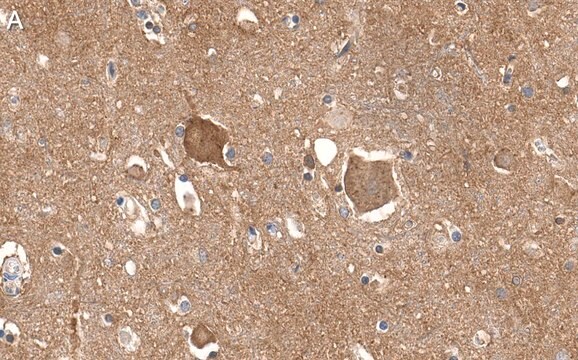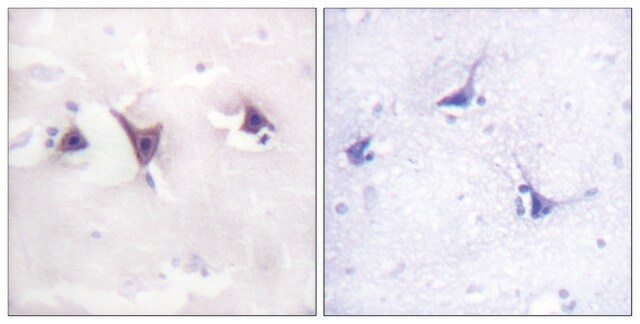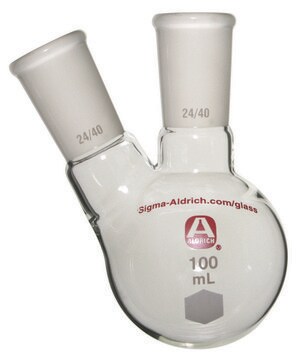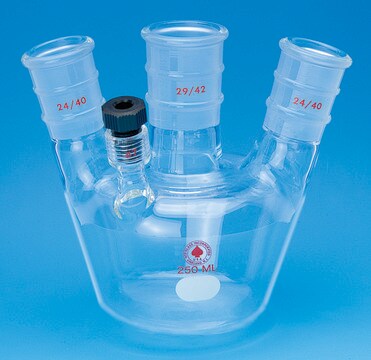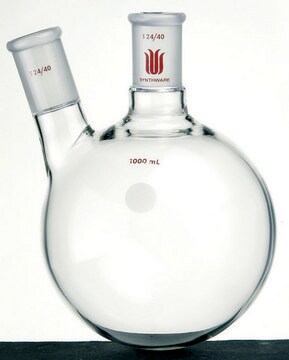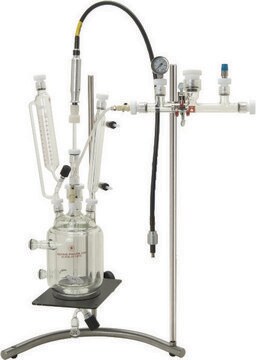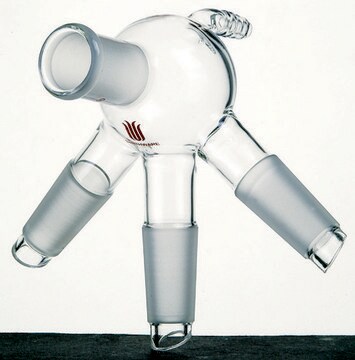07-225-I
Anti-TrkB
Synonym(e):
BDNF/NT-3 growth factors receptor, EC:2.7.10.1, GP145-TrkB, Neurotrophic tyrosine kinase receptor type 2, Trk-B, TrkB tyrosine kinase, Tropomyosin-related kinase B
About This Item
Empfohlene Produkte
Qualitätsniveau
Klon
polyclonal
Speziesreaktivität
human
Konzentration
1.0 mg/mL
Methode(n)
immunohistochemistry: suitable (Paraffin)
western blot: suitable
Isotyp
IgG
NCBI-Hinterlegungsnummer
UniProt-Hinterlegungsnummer
Angaben zum Gen
human ... NTRK2/TRKB(4915)
Allgemeine Beschreibung
Spezifität
Immunogen
Anwendung
Immunohistochemistry (Paraffin) Analysis: A 1:50 dilution from a representative lot detected TrkB in human cerebral cortex tissue sections.
Note: Actual optimal working dilutions must be determined by end user as specimens, and experimental conditions may vary with the end user
Rekonstituierung
Lagerung und Haltbarkeit
Haftungsausschluss
Lagerklassenschlüssel
12 - Non Combustible Liquids
WGK
WGK 1
Flammpunkt (°F)
Not applicable
Flammpunkt (°C)
Not applicable
Analysenzertifikate (COA)
Suchen Sie nach Analysenzertifikate (COA), indem Sie die Lot-/Chargennummer des Produkts eingeben. Lot- und Chargennummern sind auf dem Produktetikett hinter den Wörtern ‘Lot’ oder ‘Batch’ (Lot oder Charge) zu finden.
Besitzen Sie dieses Produkt bereits?
In der Dokumentenbibliothek finden Sie die Dokumentation zu den Produkten, die Sie kürzlich erworben haben.
Unser Team von Wissenschaftlern verfügt über Erfahrung in allen Forschungsbereichen einschließlich Life Science, Materialwissenschaften, chemischer Synthese, Chromatographie, Analytik und vielen mehr..
Setzen Sie sich mit dem technischen Dienst in Verbindung.